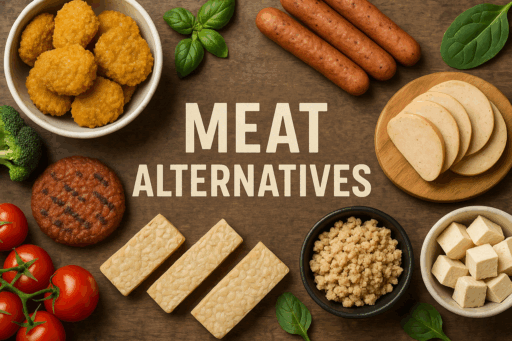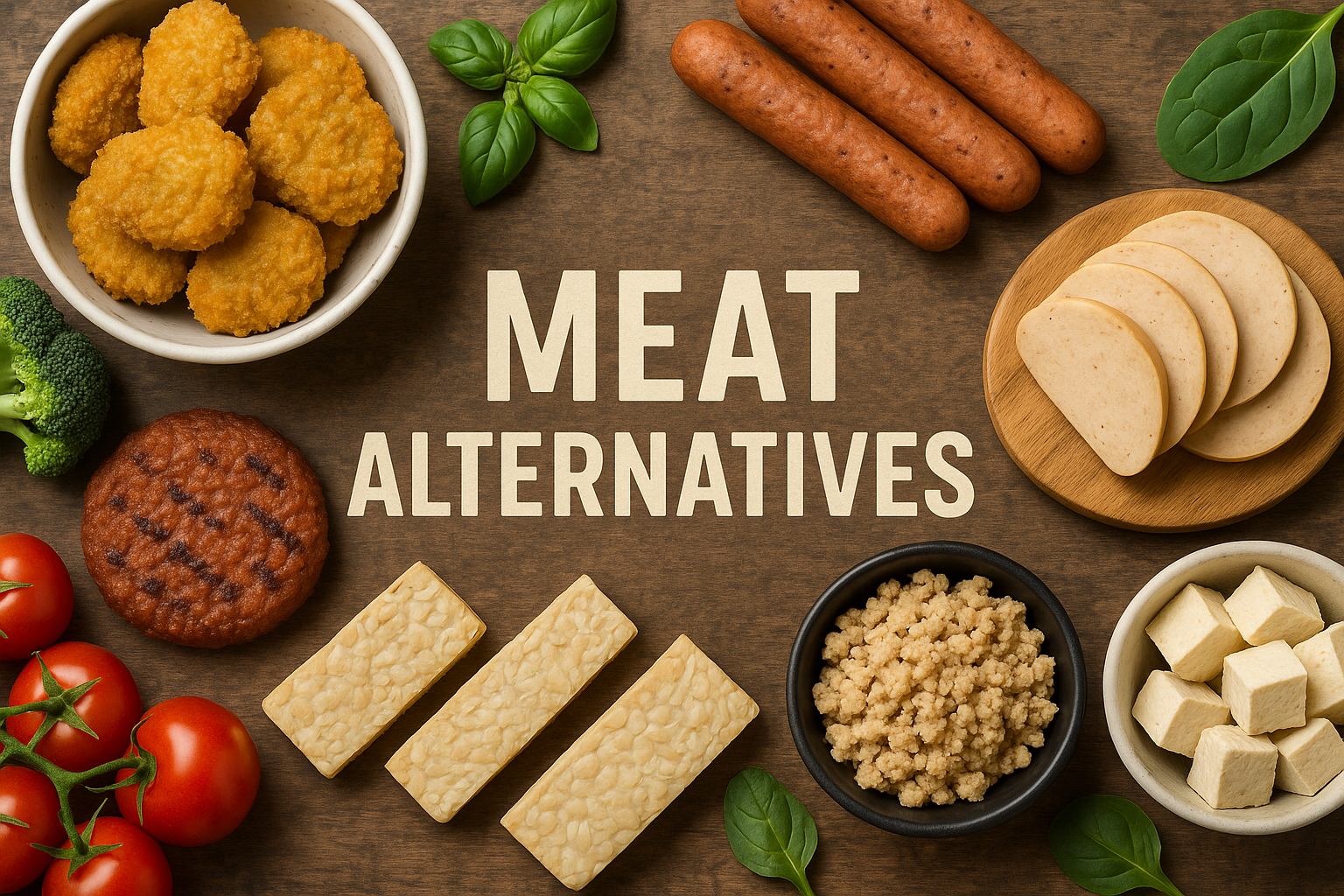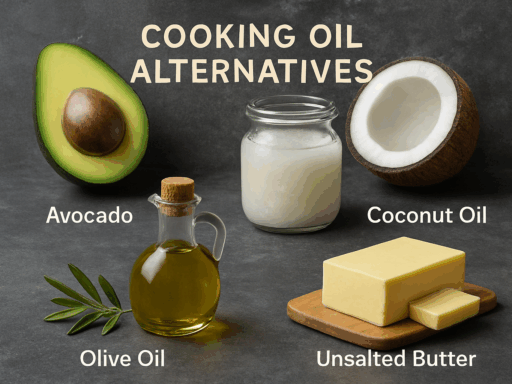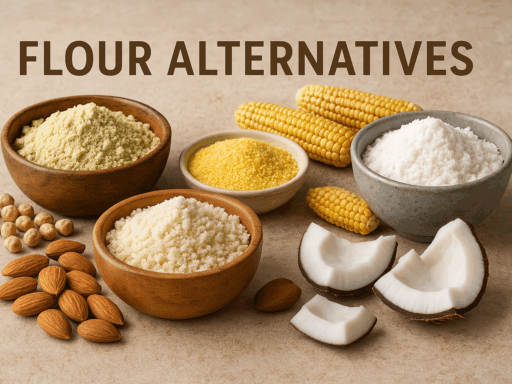As the demand for plant-based diets grows, meat alternatives have become an increasingly popular option for consumers seeking to reduce their environmental footprint, improve their health, or adopt a more ethical diet. These plant-based meat alternatives provide the taste, texture, and protein content of traditional meats, without the health concerns or environmental impacts associated with animal farming.
In this article, we’ll explore the best meat alternatives, their sustainability, applications, and the challenges consumers and producers face as they adopt and manufacture plant-based meats.
What Are Meat Alternatives?
Meat alternatives are products made from plants or fungi that mimic the texture, flavor, and nutritional profile of meat. They come in a variety of forms, from burgers and sausages to deli slices and ground meat alternatives. The global popularity of plant-based meat alternatives has surged as consumers become more aware of the environmental impact of animal farming, as well as the health risks linked to the consumption of too much red meat.
Some of the most popular meat alternatives include those made from soy, peas, lentils, jackfruit, and mushrooms. These alternatives are designed to replicate the experience of eating meat, providing the same mouthfeel and savory flavor, but with fewer calories, less fat, and no cholesterol.
Leading Meat Alternatives

1. Soy-Based Alternatives
Soy-based meat alternatives are among the most widely used in the market. Soybeans are rich in protein and can be processed into a variety of products that mimic beef, chicken, and pork.
- Examples: Brands like Tofurky, MorningStar Farms, and Gardein offer soy-based products like burgers, sausages, and nuggets.
- Applications: Soy-based products are used in burgers, tacos, stir-fries, sandwiches, and more, making them versatile replacements for meat in almost any recipe.
- Benefits: Soy is an excellent source of protein, offering all nine essential amino acids. It is also rich in antioxidants and heart-healthy fats.
Challenges:
- Allergies: Soy is a common allergen, making these products unsuitable for some consumers.
- Taste and Texture: Some people find the flavor and texture of soy-based alternatives to be a bit too “beany,” especially if they are accustomed to animal-based meats.
- Environmental Concerns: Soy farming has been linked to deforestation in some regions, although the industry is moving toward more sustainable practices.

2. Pea-Based Alternatives
Pea protein has become a popular base for plant-based meat products due to its neutral taste, smooth texture, and ability to mimic the mouthfeel of animal meat. Brands like Beyond Meat and Impossible Foods use pea protein as one of their primary ingredients in their plant-based burgers.
- Examples: Beyond Meat and Impossible Foods offer burgers, sausages, and meatballs made with pea protein.
- Applications: Pea protein is commonly used in plant-based burgers, sausages, and ground meat alternatives, and it’s increasingly being incorporated into plant-based deli meats.
- Benefits: Pea protein is an excellent source of plant-based protein, offering about 8 grams of protein per serving. It is also easy to digest and does not contain any common allergens like soy or gluten.
Challenges:
- Taste Profile: While pea protein-based alternatives are widely appreciated for their meat-like texture, some consumers may find the flavor slightly different from animal meat, though this can be masked with seasoning and spices.
- Cost: The production of pea protein is more expensive than soy, which can drive up the price of pea-based products.

3. Jackfruit-Based Alternatives
Jackfruit is a large tropical fruit that, when unripe, has a fibrous texture that can mimic shredded meat. It is often used as a substitute for pulled pork or chicken.
- Examples: Brands like The Jackfruit Company and Upton’s Naturals specialize in jackfruit-based products, including tacos, sandwiches, and BBQ-style dishes.
- Applications: Jackfruit works well in pulled pork sandwiches, tacos, curries, and stir-fries. It’s a great meat alternative for dishes that traditionally use shredded meats.
- Benefits: Jackfruit is a low-calorie fruit, rich in fiber, and provides a good source of vitamins, including vitamin A and vitamin C.
Challenges:
- Availability: Fresh jackfruit can be hard to find in some regions, though canned and frozen varieties are becoming more common.
- Flavor: While jackfruit has a mild, neutral flavor, it can require a good deal of seasoning to achieve a meat-like taste, making it more suited for home cooking rather than pre-made packaged products.

4. Mushroom-Based Alternatives
Mushrooms are often used in meat alternatives because of their umami flavor and meaty texture. Mushrooms, particularly varieties like portobello and shiitake, provide a satisfying and savory bite that makes them a great substitute for beef or chicken.
- Examples: Oyster Mushrooms and Shiitake Mushrooms are often used in vegan steak and burger products, while Portobello Mushrooms are a popular meat substitute in sandwiches and burgers.
- Applications: Mushrooms can be used in burgers, stews, tacos, and more. Their rich, savory flavor adds depth to dishes, making them a great choice for people who miss the umami notes in meat.
- Benefits: Mushrooms are high in antioxidants, fiber, and a variety of vitamins and minerals, such as vitamin D and potassium.
Challenges:
- Texture: While mushrooms offer a meaty texture, they don’t perfectly replicate the texture of meat for all consumers.
- Shelf Life: Fresh mushrooms have a short shelf life, which can limit their availability and convenience for consumers looking for long-lasting products.
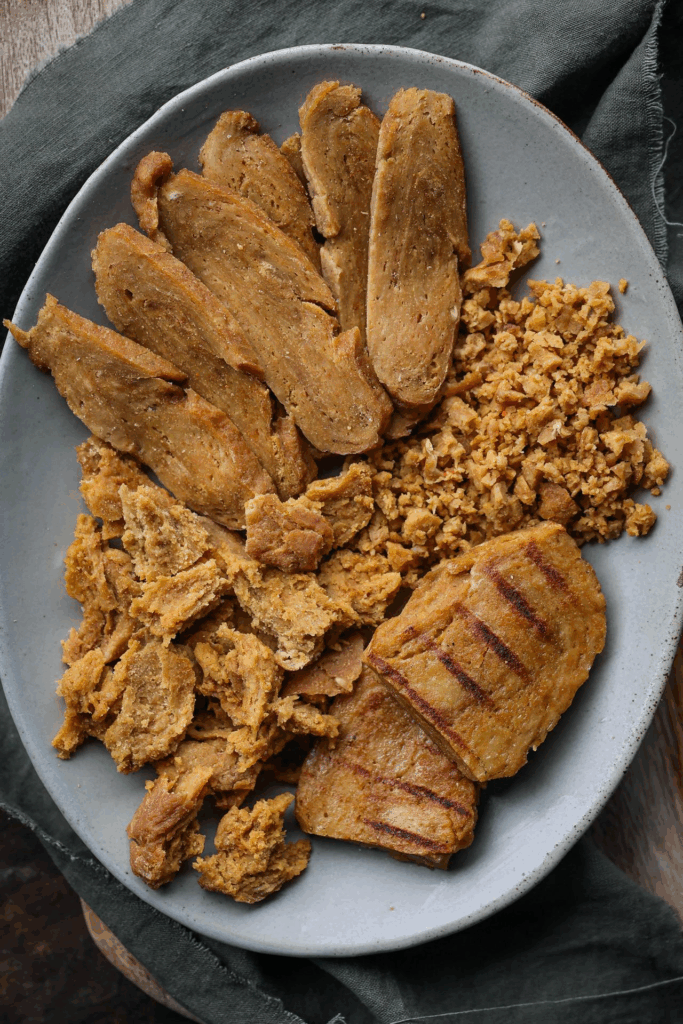
5. Seitan-Based Alternatives
Seitan, also known as wheat gluten, is made from the protein found in wheat and has a chewy, meat-like texture. It is often used as a substitute for chicken or beef.
- Examples: Brands like Upton’s Naturals and Field Roast offer seitan-based products such as sausages, deli slices, and “chicken” pieces.
- Applications: Seitan can be used in stir-fries, sandwiches, and even meat-based stews. It has a versatile texture that mimics meat, making it a favorite among vegetarians and vegans.
- Benefits: Seitan is a good source of protein, providing around 21 grams per 3.5-ounce serving. It is low in fat and calories compared to many other meat alternatives.
Challenges:
- Allergies: Seitan is not suitable for individuals with gluten sensitivities or those with celiac disease.
- Flavor Profile: While seitan mimics the texture of meat well, it may require significant seasoning to achieve a meat-like flavor.
Sustainability of Meat Alternatives
One of the driving factors behind the rise of meat alternatives is their reduced environmental impact compared to traditional meat production. Livestock farming is one of the leading contributors to greenhouse gas emissions, deforestation, and water consumption. By choosing plant-based meat alternatives, consumers can significantly reduce their carbon footprint and contribute to more sustainable food systems.
- Plant-based meats use far fewer resources than livestock. For example, producing a Beyond Burger requires 99% less land, 93% less water, and produces 90% fewer greenhouse gas emissions than a traditional beef burger (source: https://www.beyondmeat.com/).
- Soy, peas, and jackfruit are generally more resource-efficient crops than raising cattle or pigs.
- However, soy farming, when not done sustainably, can contribute to deforestation, particularly in the Amazon rainforest. Brands are increasingly aware of this and are working with sustainable farmers to address these concerns.
Challenges in Adopting Meat Alternatives
Despite their growing popularity, there are several challenges in the widespread adoption of meat alternatives:
- Taste and Texture: Although meat alternatives have improved significantly in recent years, many people still find the taste and texture of plant-based meats to be an acquired taste, particularly if they are used to the texture of animal products.
- Price: Plant-based meat alternatives are often more expensive than traditional meat products due to the processing and ingredients involved in making them.
- Availability: While meat alternatives are increasingly available, they are still not as ubiquitous as traditional meats. Some regions may have limited access to high-quality plant-based products.
- Nutritional Concerns: While many meat alternatives are fortified with essential nutrients, such as B12 and iron, some may still be lacking in certain vitamins and minerals that are naturally found in animal products.
Meat alternatives are revolutionizing the food industry by providing consumers with plant-based options that are healthier, more sustainable, and more ethical than traditional animal meats. From soy-based burgers and pea protein sausages to mushroom-based meatballs and jackfruit tacos, there is a growing array of options for consumers seeking to reduce their meat consumption or adopt a more plant-based diet.
Despite challenges such as taste preferences, cost, and availability, the shift toward plant-based eating is gaining momentum. As technology and sustainability practices improve, meat alternatives will likely become more accessible, affordable, and widely accepted in the mainstream.
Whether you’re looking to reduce your carbon footprint, improve your health, or simply explore new culinary options, meat alternatives provide a flavorful, sustainable, and ethical solution to the meat-heavy diet that has traditionally dominated the food industry.

